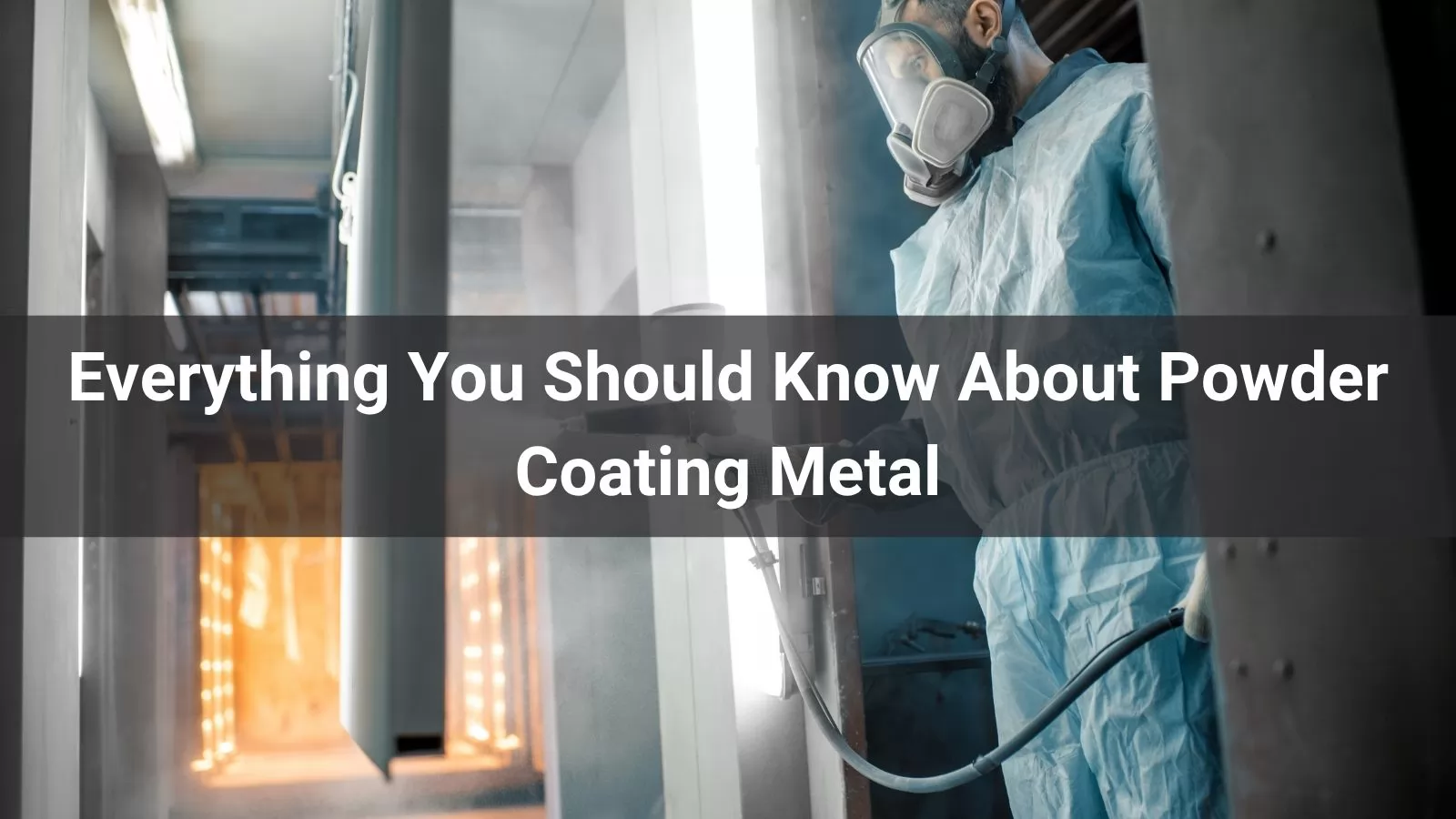
.png)
.png)


-
.png) 0086-757-85407388
0086-757-85407388 -

-
 terrychen@wintoly.com
terrychen@wintoly.com


.png)
.png)


.png)



 Powder coating metal is a highly effective finishing technique that enhances the durability, appearance, and functionality of metal surfaces. Whether you're deciding between painting or powder coating for your metal fabrication project, understanding the benefits and processes of powder coating can help you make an informed choice. This article explores why powder coating is often the superior finish for metal, detailing its process, types, advantages, and considerations.
Powder coating metal is a highly effective finishing technique that enhances the durability, appearance, and functionality of metal surfaces. Whether you're deciding between painting or powder coating for your metal fabrication project, understanding the benefits and processes of powder coating can help you make an informed choice. This article explores why powder coating is often the superior finish for metal, detailing its process, types, advantages, and considerations.
When it comes to finishing metal, the choice often boils down to paint or powder coating. Painting is a traditional method, but it has limitations, such as susceptibility to chipping, fading, and environmental damage. Powder coating, however, is a more advanced technique that offers enhanced durability, a polished appearance, and a reduced environmental footprint. By choosing powder coating for metal, you gain a finish that withstands harsh conditions while maintaining a high-quality look.
Powder coating is a dry finishing process primarily used for metal surfaces, such as industrial equipment, automotive parts, and outdoor furniture. Unlike liquid paint, powder coating involves applying a dry powder—typically a mix of polymer resin, pigments, and additives—through an electrostatic process. The powder is sprayed onto the metal surface, where it adheres due to an electric charge, and is then cured under heat to form a hard, protective layer. This method is renowned for producing robust, high-quality finishes that excel in both functionality and aesthetics.
Powder coating is versatile and can be applied to various metals, including steel, aluminum, and stainless steel, as well as other materials like concrete and plastic. Its cost-effectiveness and suitability for both indoor and outdoor applications make it a popular choice for metal fabrication.
Powder coatings for metal come in two main types: thermosets and thermoplastics.
Thermoplastic Powder Coating: When heated, thermoplastic coatings become soft and liquid, allowing them to be reshaped and reused without chemical bonding. These coatings are typically thicker and more durable, making them ideal for demanding applications like automotive parts, metal appliances, and outdoor equipment. Their flexibility and recyclability are key advantages for metal surfaces.
Thermoset Powder Coating: Thermoset coatings form permanent chemical bonds during curing, making them non-recyclable but highly resistant to heat. This makes them suitable for metal components exposed to high temperatures, such as machinery or outdoor structures. Thermoset coatings are generally more cost-effective than thermoplastics, offering a budget-friendly option for metal finishing.
The process of powder coating metal involves several critical steps to ensure a durable and even finish:
Surface Preparation: Proper preparation is essential for strong adhesion. The metal surface is cleaned using methods like degreasing or phosphate rinsing, followed by a water rinse to remove contaminants. This step ensures the powder adheres effectively to the metal.
Powder Application: The powder, composed of polymer resin, pigments, and additives, is applied using an electrostatic spray gun. The gun imparts a positive electric charge to the powder particles, which are attracted to the grounded metal surface, ensuring even coverage with minimal waste.
Curing: After application, the coated metal is heated in a curing oven, typically at 350-400°F (175-200°C). The heat melts the powder, allowing it to flow and form a smooth, hard coating. Cooling solidifies the finish, creating a durable protective layer.
Alternative application methods, such as fluidized bed coating, may be used for specific metal projects, but electrostatic spraying is the most common.
Powder coating metal relies on a combination of chemistry and physics. The powder is made by melt-mixing polymer resin with pigments, curative agents, flow modifiers, and other additives, then cooling and grinding the mixture into a fine powder. The metal is often preheated to ensure a uniform finish, and the electrostatic charge applied during spraying ensures the powder adheres evenly.
Unlike paint, which requires adhesives, powder coating uses an electric charge to bond the powder to the metal. Once cured, the chemical bonds solidify, creating a robust coating. This process eliminates overspray waste common with solvent-based paints and allows for thicker coatings, enhancing the metal’s resistance to corrosion, chemicals, and moisture.
Powder coating is one of the most durable finishing options for metal surfaces. The chemical bonds formed during curing create a tough, protective layer that resists scratches, abrasions, chips, and extreme weather conditions. This makes powder coating ideal for metal used in industrial machinery, outdoor furniture, and automotive components. Its ability to repel corrosive substances like water and chemicals further enhances its suitability for metal applications.
The lifespan of a powder-coated metal surface depends on factors such as preparation quality, the type of powder used, and environmental exposure. Under optimal conditions, powder coating on metal can last up to 20 years. However, consistent use, UV light exposure, or harsh outdoor conditions may reduce its longevity. For example:
Fluoropolymer and Urethane Coatings: These are designed for extreme conditions and offer extended durability, making them ideal for outdoor metal structures.
Epoxy Coatings: While highly durable indoors, epoxy coatings may degrade faster outdoors due to UV exposure.
Proper surface preparation and choosing the right coating type for the metal’s environment can significantly extend the finish’s lifespan.
Powder coating offers numerous benefits for metal fabrication:
Environmental Benefits: Powder coating is eco-friendly, producing minimal volatile organic compounds (VOCs). Thermoplastic coatings are recyclable, and the process generates only about 5% waste, unlike paint’s overspray. No solvents are required, reducing environmental and health risks.
Cost-Effectiveness: While the initial cost of powder coating metal may seem high, its longevity and low maintenance needs make it cost-effective over time compared to paint or other finishes.
Polished Appearance: Powder coating delivers a smooth, professional finish that’s easy to clean due to its resistance to chemicals and moisture. It’s available in a wide range of colors and textures, enhancing the aesthetic appeal of metal surfaces.
Versatility: Powder coating can be applied to various metals and is suitable for both indoor and outdoor use, from decorative metalwork to heavy-duty industrial components.
Despite its advantages, powder coating metal has some limitations:
Limited Coating Control: Achieving precise thickness can be challenging, potentially leading to uneven textures. Runs in the coating may require reapplication, increasing costs.
Color Consistency: Reusing powder can cause cross-contamination, resulting in color mismatches. Proper storage and handling are essential to maintain color accuracy.
Initial Costs: The equipment and setup for powder coating can be expensive, though the long-term savings often offset this for large-scale metal projects.
Powder coating metal is an exceptional finishing method that combines durability, aesthetic appeal, and environmental benefits. Its ability to protect metal from corrosion, impact, and harsh conditions makes it a top choice for industries and individuals alike. Whether you’re finishing steel structures, aluminum components, or decorative metalwork, powder coating offers a reliable and cost-effective solution. If you’re ready to experience the advantages of powder coating for your metal fabrication needs, contact a professional metal finishing service to explore your options.

 terrychen@wintoly.com
terrychen@wintoly.com
.png) 0086-757-85407388
0086-757-85407388
 6 Chaoyang Rd., National Demonstration Eco-industrialzone, Nanhai, Foshan,Guangdong,China
6 Chaoyang Rd., National Demonstration Eco-industrialzone, Nanhai, Foshan,Guangdong,China

.png)
